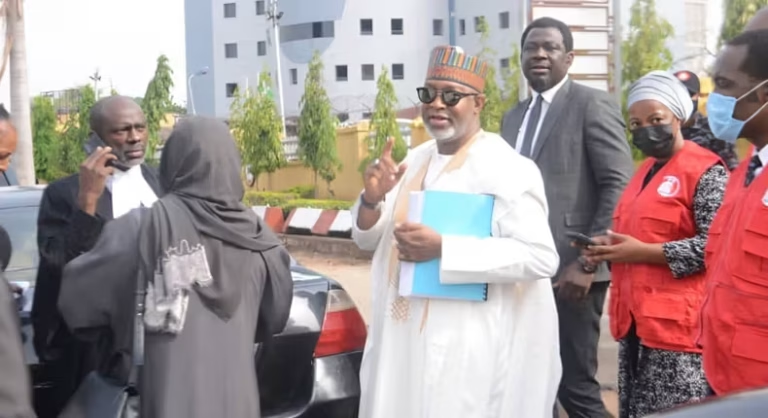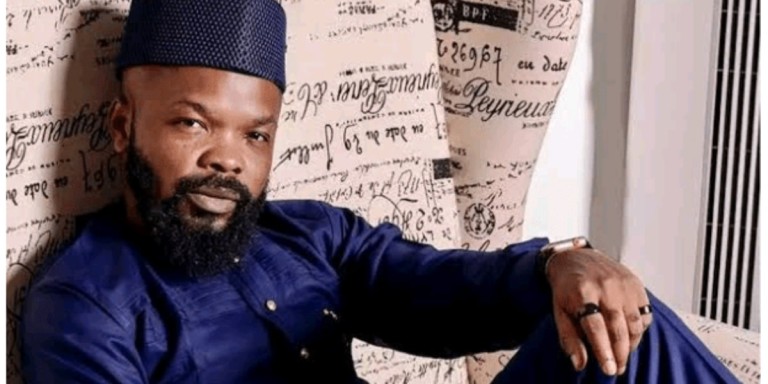Kano NCS generates ₦40.8bn revenue in 4 months, records ₦10.6bn in April alone
The Kano Area Command of the Nigeria Customs Service says it generated ₦40.8 billion in revenue between January and April 2024.
The Area Comptroller, Dauda Chana, made this known in an interview with the News Agency of Nigeria (NAN) on Tuesday in Kano. NAN reports that the Kano area command covers Kano and Jigawa.
He said that about ₦10.6 billion was collected as revenue in April alone. Chana said there was a significant increase in the revenue generation profile of the command, compared to the same period in 2023 when ₦12.3 billion was realised within the same period.
The area comptroller attributed the increase to the command’s security measures put in place to ensure revenue generation. The comptroller said already, the area command has introduced more stringent security measures to prevent all forms of smuggling in the area.
“Well train armed personnel have been posted to strategic locations to deal decisively with all those involved in illegal smuggling of materials into our area of supervision.
“We are battle ready to end smuggling through our various strategies to pave the way for arrest and prosecution of those involved in illegal businesses,” he said.
Chana appealed to traditional rulers and stakeholders, especially those around the border areas, for support to sensitise residents on the negative effects of smuggling on the nation’s economy.
“We have also reached out to youths in these border communities, to assist our field officers with required intelligence that will assist in curbing all forms of smuggling activities.
“The command’s area of coverage is a no-go area for smugglers as competent officers have been stationed at identified illegal smuggling routes to ensure arrests and prosecution of offenders,’’ Chana added.
He also solicited the support of stakeholders in mobilising residents to shun smuggling and embrace the export of local goods.














































